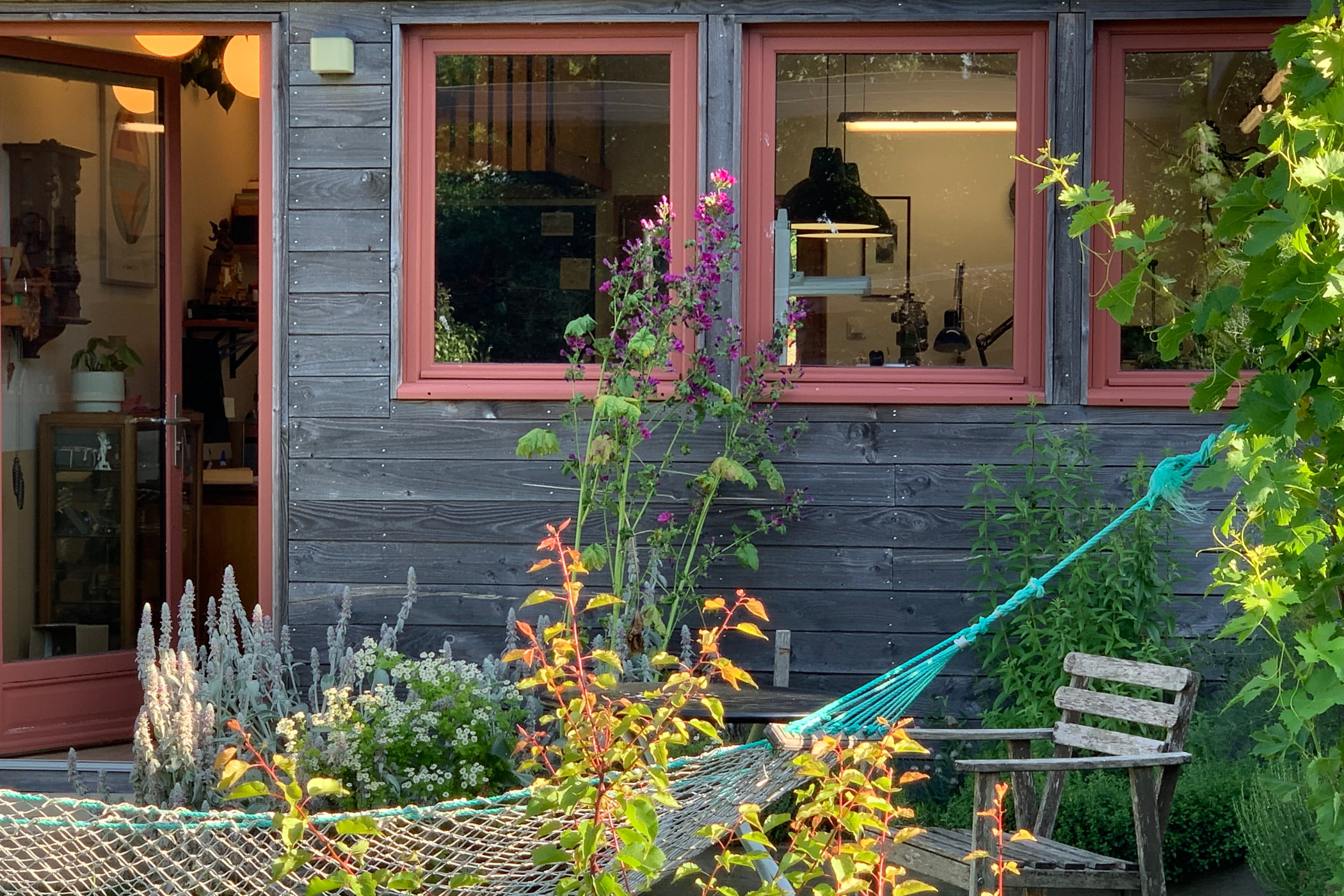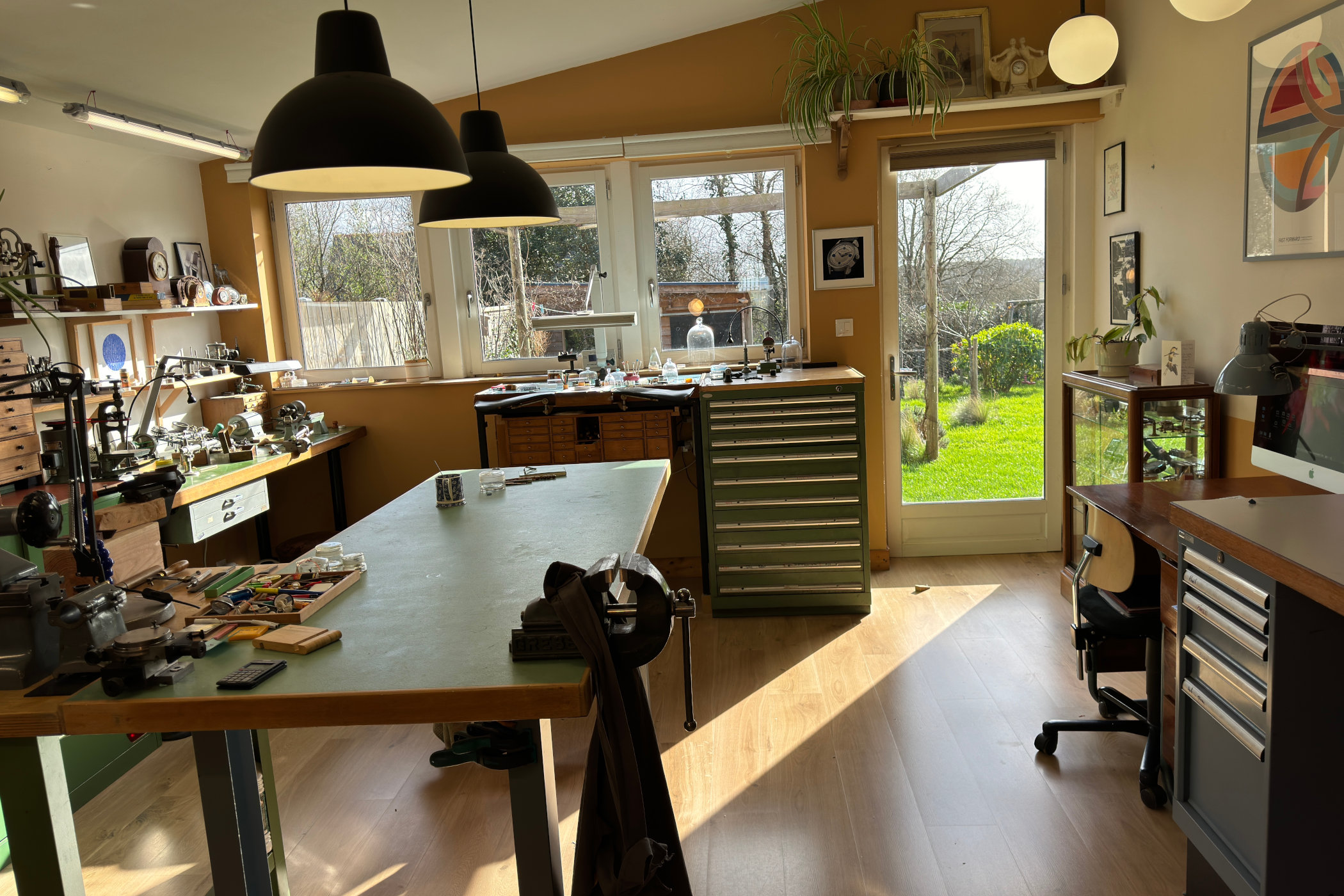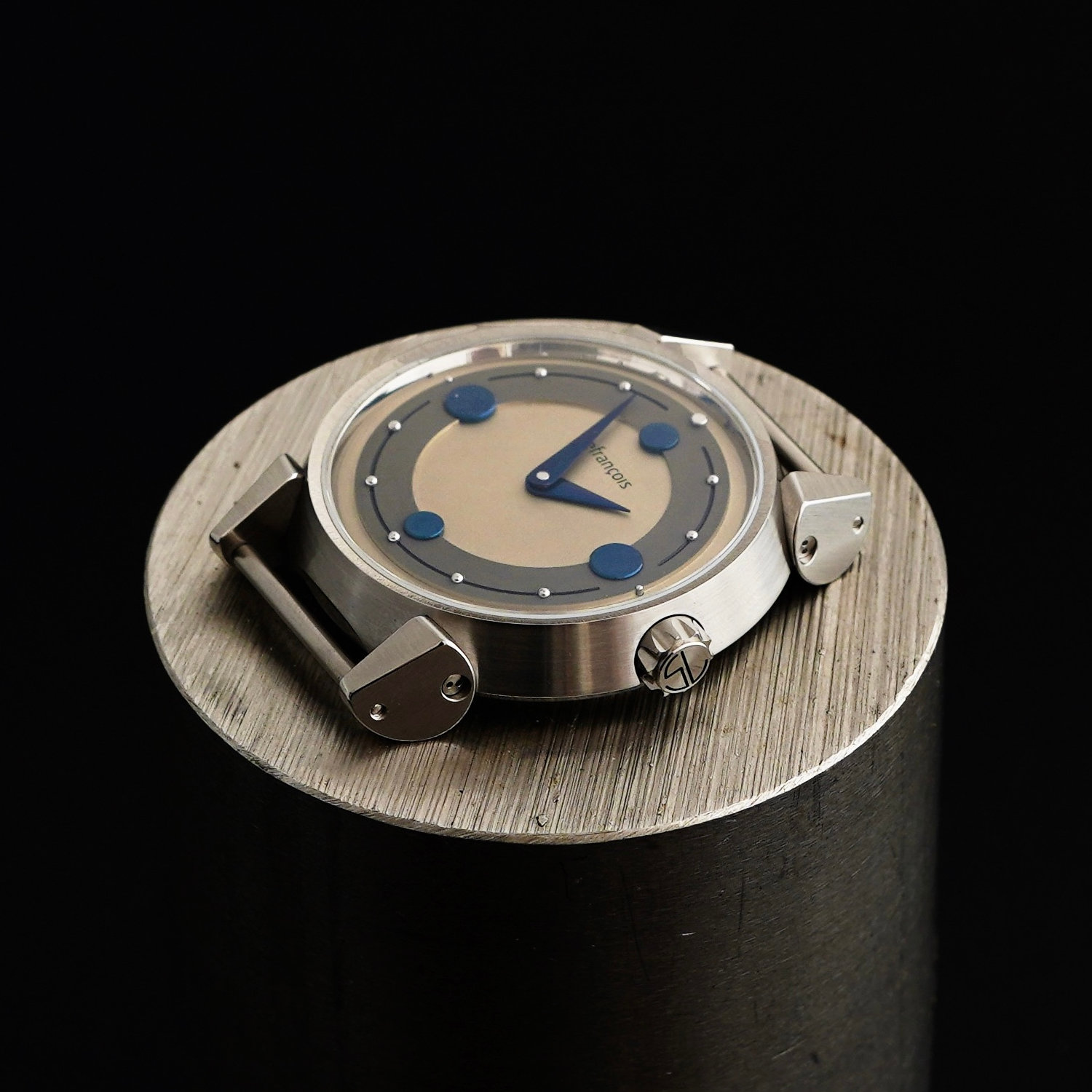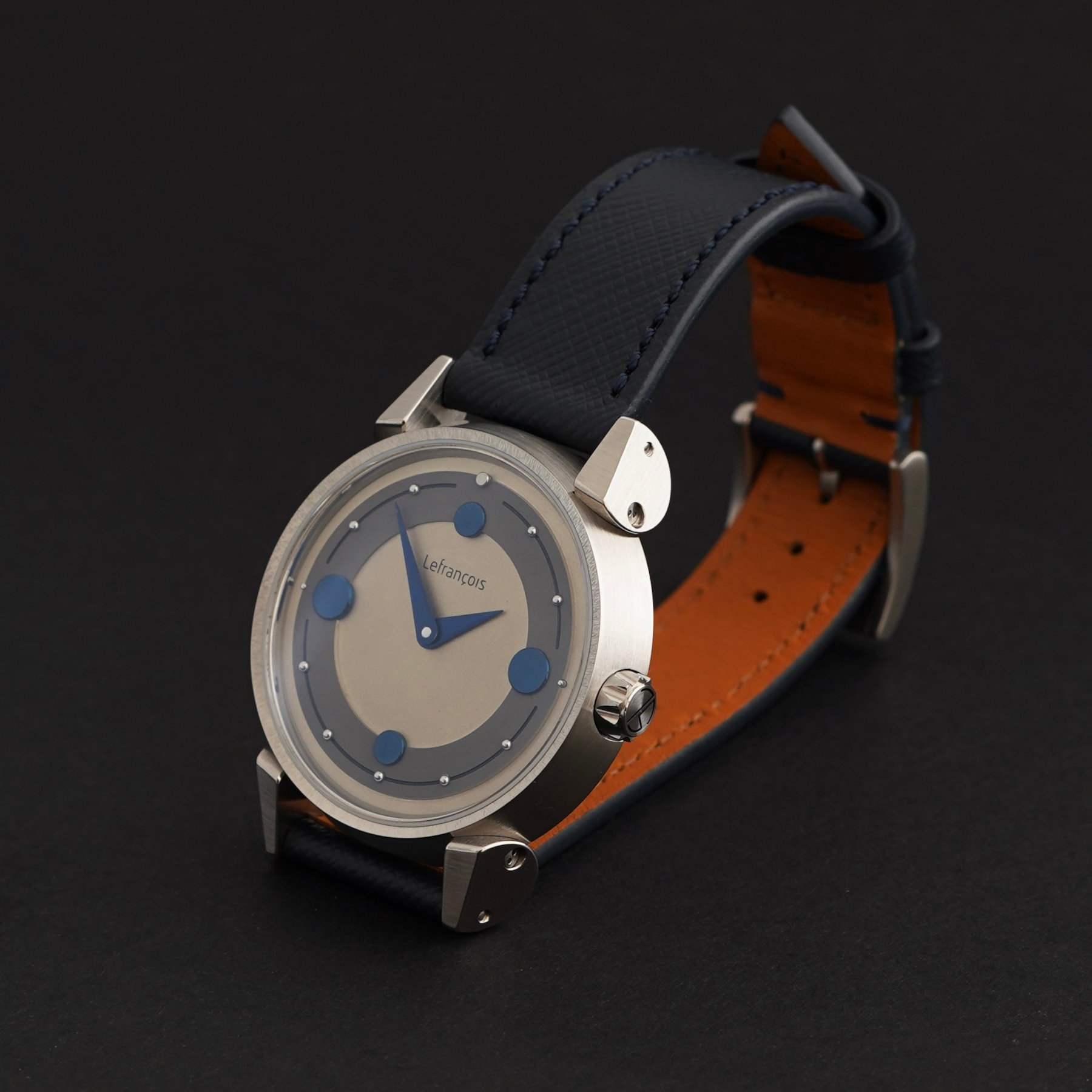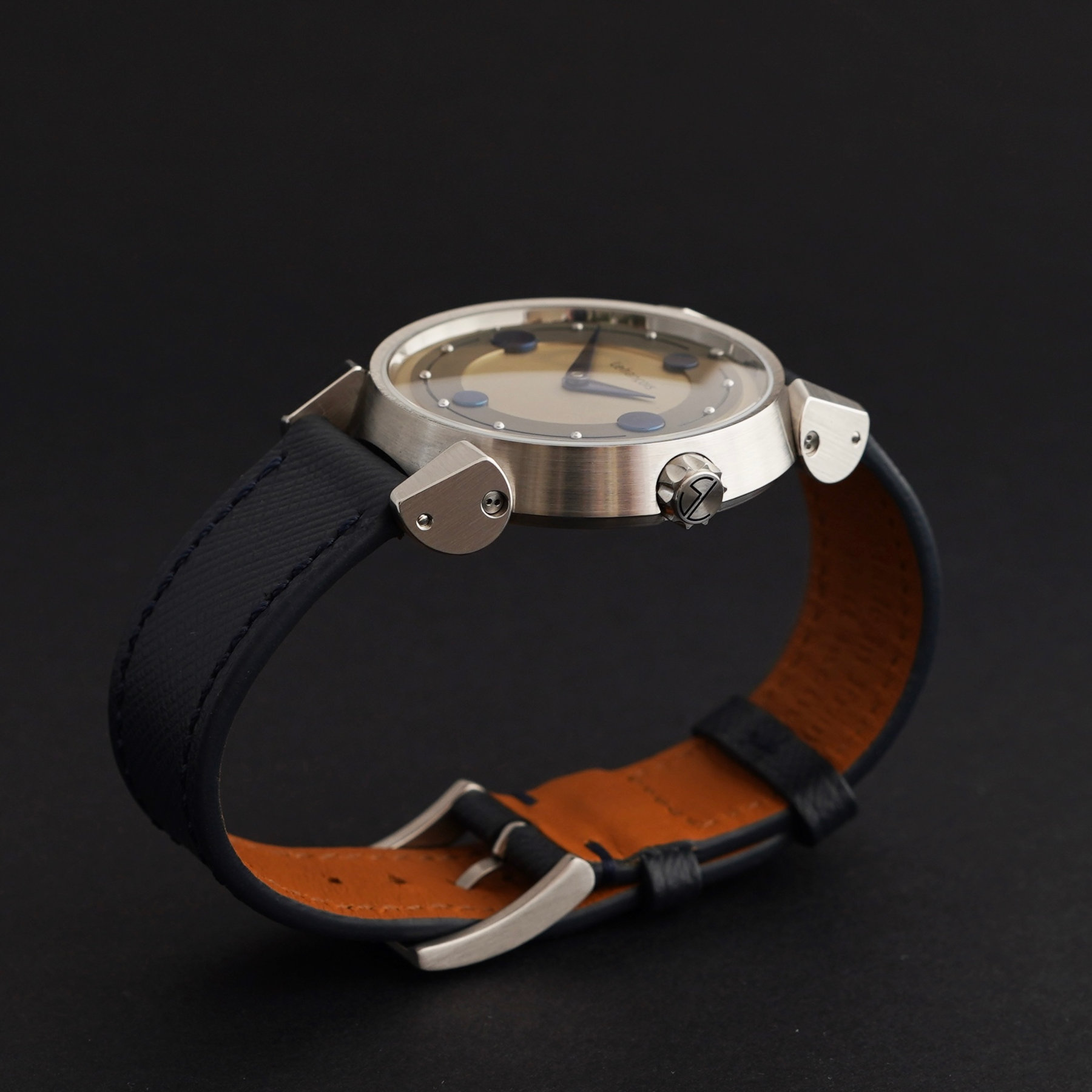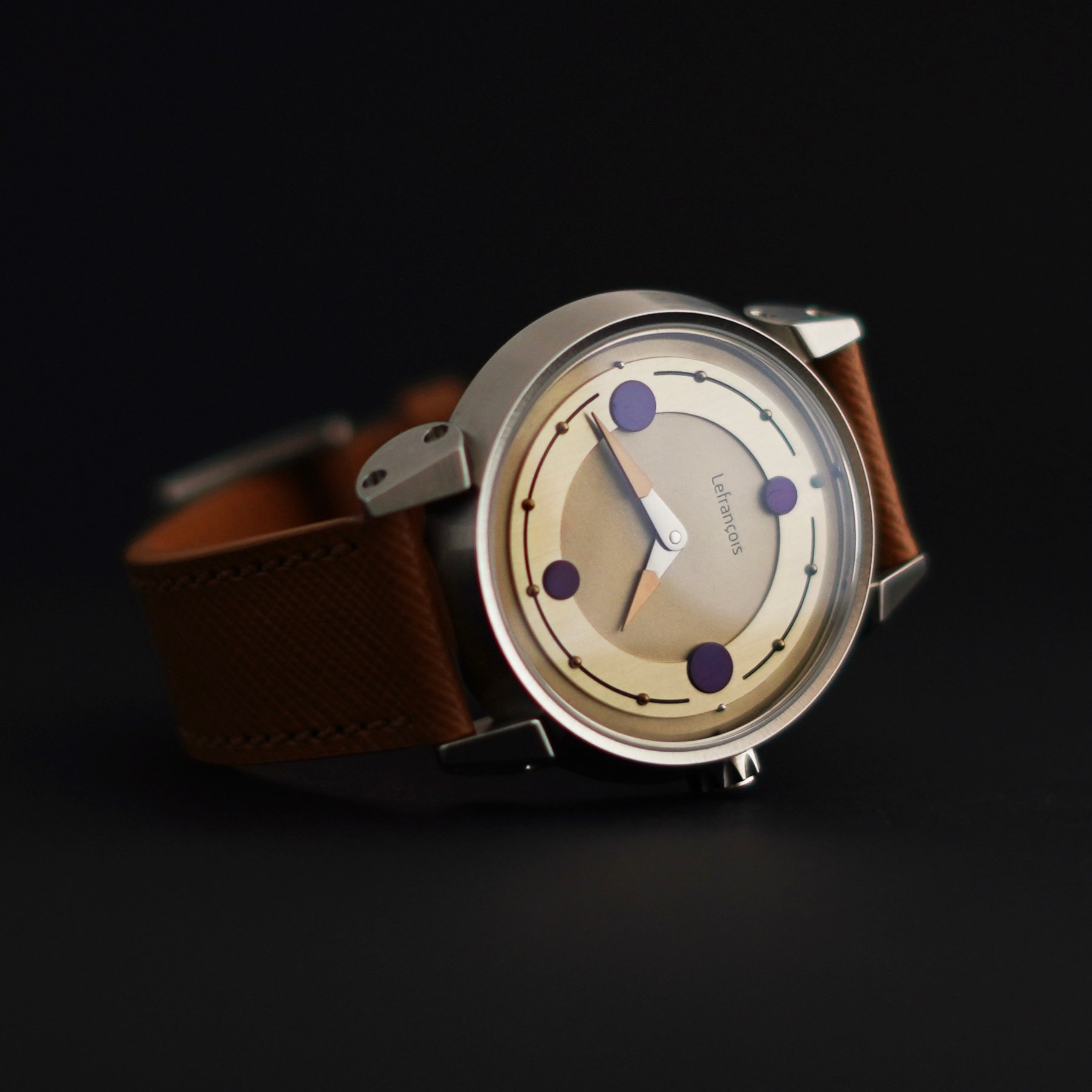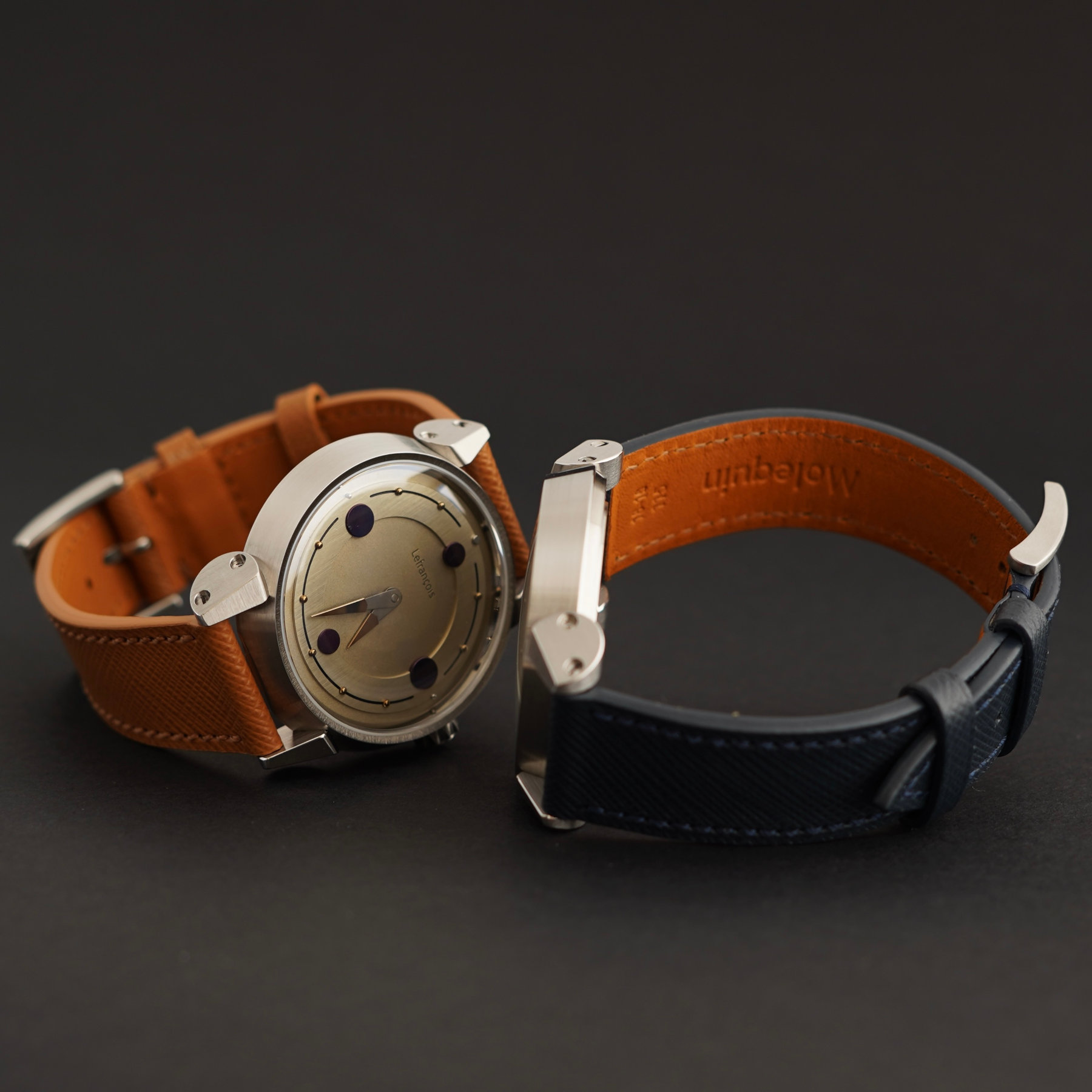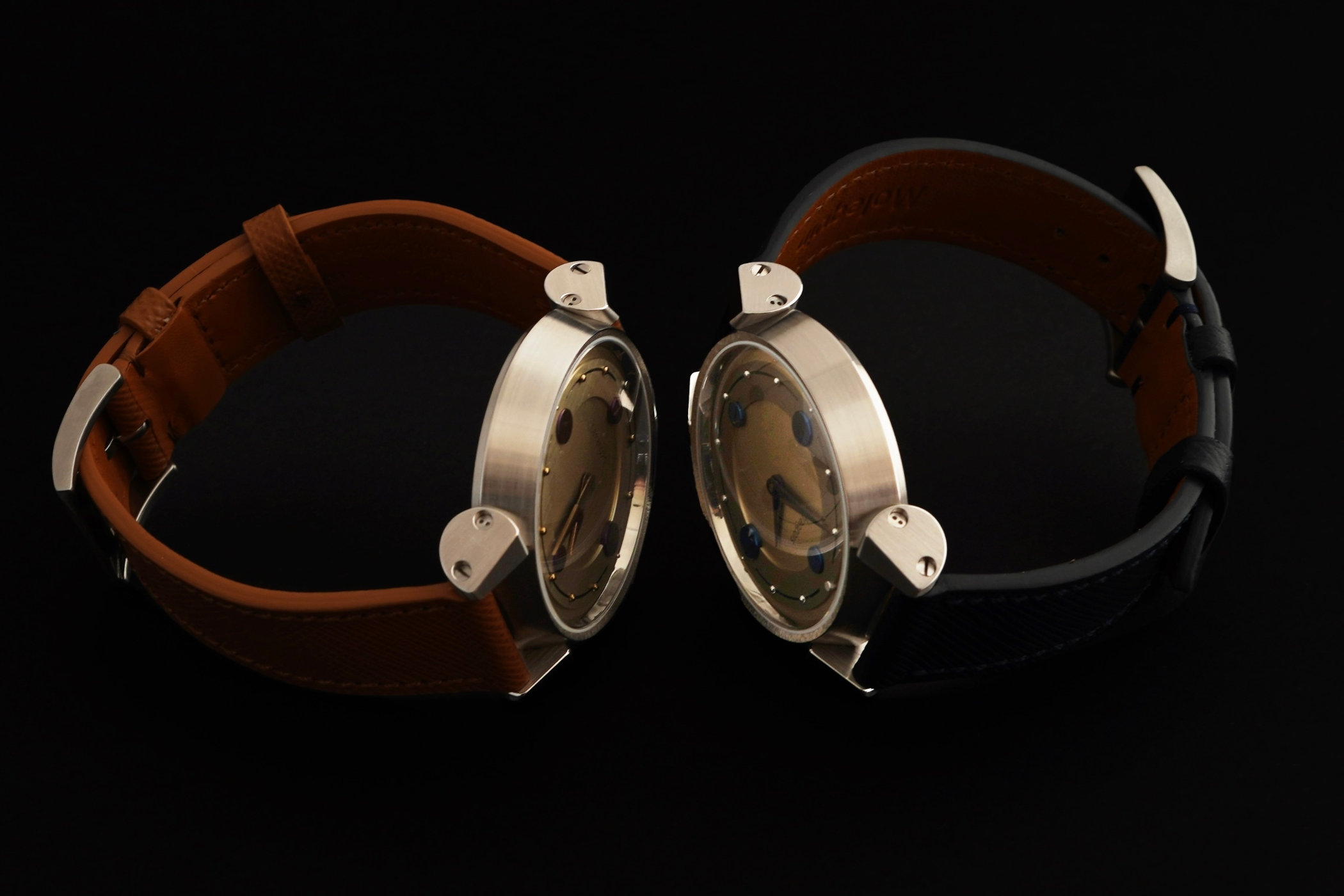Backed By 25 Years Of Experience, Watchmaker Simon Lefrançois Steps Out On His Own
Through the power of Instagram, Simon has recently launched his Automatique No. 01, and production is underway of the first series of watches.
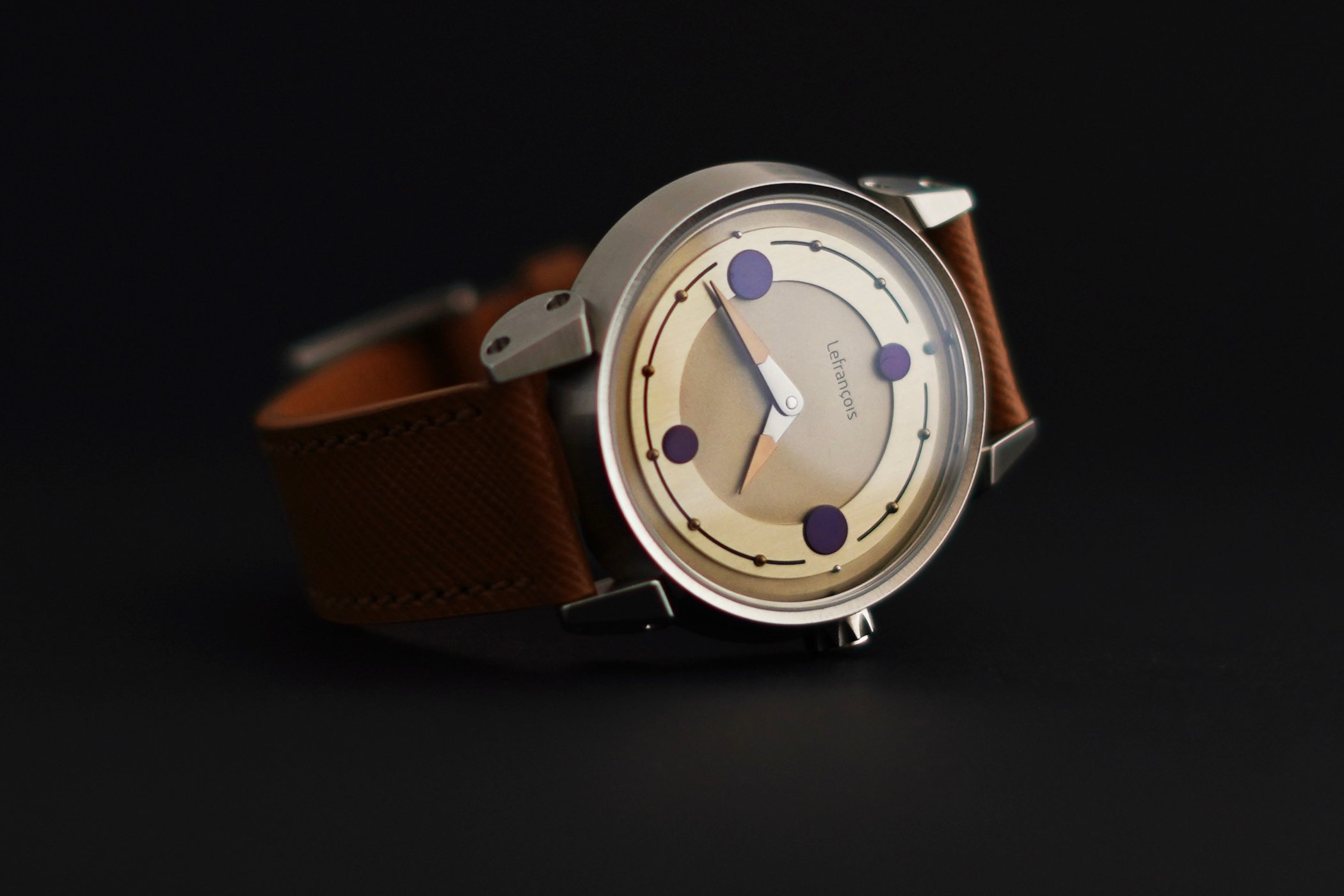
The world of independent watchmaking has always been a place of passion, inspiration and excitement for us. It has been at the heart of MONOCHROME from the get-go, and even today we find joy in discovering new and intriguing watchmaking adventures from all corners of the world. This time we stop in Morbihan, France, to discover the work of Simon Lefrançois. Setting out under the name of Montre Lefrançois, Simon can rely on more than 25 years of working in the Swiss watchmaking industry. Presenting his Automatique No. 01 on Instagram, the first series of watches is now being produced. Let’s find out more!
Robin, MONOCHROME Watches – Simon, can you briefly introduce yourself to our readers?
My name is Simon Lefrançois, and I was born in Calvados, France and grew up in a very creative family. My father was a traditional carpenter among other things and my mother was a traditional calligrapher. I lived in Lot and Aveyron and I now live in Morbihan with my wife and my 5-year-old son. I have been a professional watchmaker for 25 years already, and besides being passionate about my craft I am also very passionate about nature and sports.
Where does your passion for watches come from?
At the age of 15, my path crossed that of watchmaking in an old workshop run by a watchmaker. Since that moment I have developed an obsession with finding watches, learning about them and how they work, and discovering the rich heritage of this ancient know-how. Through a meeting at a flea market, I found the first watchmaker bench that I installed in my room, as well as my first tools.
You told me you enrolled into watchmaking school when you were 18. What made you go down this career path?
This was a logical continuation for me, really. I had found a passion I wanted to turn into a business, a profession. At that time, I wasn’t feeling happy with school and didn’t find a rewarding bubble there. So, I decided to try to enrol in a watchmaking school, with the closest one being in Bordeaux. I spoke with several teachers who trusted me and allowed me to fill in an application and I got accepted. I am still very thankful for the opportunity as I felt very comfortable in school and pursuing my dream very quickly.
Following your education, how did you gain experience as a watchmaker?
With my degree in hand, I made the choice to start a working life, even though I could have continued my watchmaking studies. I packed my bags with the idea that there was learning when working got me through what I needed in the end. So I left for Switzerland when I was just 19 and ended up in Sainte-Croix, working for Vianney Halter. This was a very open and inspiring environment for me.
I also held various positions in several factories in Switzerland and I was able to retain there and gradually moved into watch restoration for manufacturers like Vacheron Constantin. After spending twenty years behind a watchmaking bench for others, I felt ready to start working for myself. The year 2017 was a true turning point for me, as I met my partner during a cycling trip in Brittany, France. I decided to move from Switzerland to Morbihan to join her, as I felt I needed a change and more creativity in my life.
What made you decide to embark on making watches for yourself, under your own name?
When I arrived in Brittany, I started by opening a watch restoration workshop for vintage watches and clocks and spent time collecting and restoring old tools and machines. I wanted to benefit from maximum independence to manufacture components in the traditional ways and eventually had the idea of creating watches under my own name. The idea grew little by little and I started developing prototypes alongside my work as a restorer on watches and clocks.
I tested a lot of ideas, made a lot of drawings and eventually found a design I really liked. By comparing my sketches to my workshop capabilities, I came up with several prototypes that I evolved to arrive at a final prototype, which is called the Automatique No.01. This model allowed me to take the plunge and I stopped buying and restoring timepieces to devote all my time to this creational project.
You have been showing your first serial watch on Instagram. How did you come up with the design for it?
I have spent a lot of time sketching and designing the watch and making prototypes on my machines. I couldn’t wait to share my work and I am much more a traditional craftsman than a salesman. I take the time I need to come to something that I feel happy about, and it took me quite a while. I needed to test the audience’s temperature at a certain moment in time and used Instagram like a barometer to measure the interest that could be given to my watch series. The result was rather conclusive, which motivated me to continue my adventure into independence. All of this has been very educational for me and it’s only the beginning of the adventure!
From what I can tell, a lot of the work is done by you. Can you talk us through what it took to create it?
This watch is actually rather technical to make. It includes about 50 components for the case and dials alone that I make in my workshop by myself. The case is rather complex, with cutouts for the lugs that cut into the case and caseback, and a bevel to accommodate the strap ends. Each component requires several phases of work, from manufacturing, testing and adjusting, and finally the finishing. Each one is made and finished by hand, one by one, which takes a lot of work and time. Every watch represents a lot of my personal investment. Only the laser engraving of the signature on the dial and caseback are subcontracted.
What type of movement is used, and did you change anything?
The calibre I use is an ETA 2892 which has not undergone major modifications. For this first project, I focused on the architecture of the overall watch to find harmony between the technical constraints. I wanted a movement that is relatively flat, has automatic winding, is easy to work on and reliable. The watch has a thickness of only 7.4mm and a diameter of 38mm, so a really nice and compact size.
What are your plans with this model, and what would be on the horizon when this one is finished and sold?
I have limited myself to 20 pieces for this one, all made to order. I offer some customization options at the level of steel studs and roundels on the dial to be finished in a different colour, done by heating them over a flame. This allows me to obtain some rather beautiful combinations. Currently, half the series is booked which I am really happy about! Right now I am in the phase of producing these watches to deliver them to the client as soon as I can. Right now I don’t know exactly which one is done first, but I am working hard on this.
Nevertheless, I am already thinking about developing a mechanism for manual winding in my next watch and working on some ideas in my workshop. Being the only one to design and manufacture my watches, I intend to produce only small series of watches to keep the creative energy going without getting tired of too many repetitions. This way I keep myself sharp and focused, and hopefully will be able to develop future series of watches.
How can people get in touch with you to learn more about you or your watches, or perhaps even order one?
Right now, people can reach me through Instagram mainly. I am available there, but also through email or telephone if people prefer that. On request, I can send out technical sheets of the watch so people have a better understanding of what goes in it. A website is being planned but I don’t know when that will go online exactly. But, the door to my workshop in Morbihan is always open and people are welcome to contact me for a meeting!
For more information, please visit @Montre_Lefrancois on Instagram.


